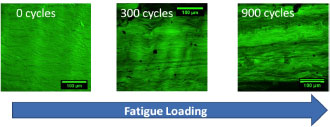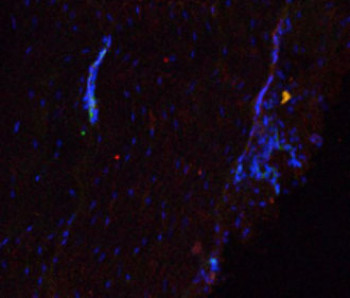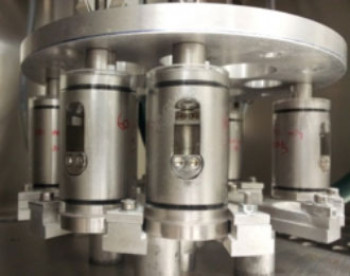Project
A Multidisciplinary investigation into the mechanics and biology of developing tendinopathy
| Primary Investigator: | Hazel Screen |
| Funder: | Wellcome Trust |
We developed a new method to explore how tendon injuries occur, artificially creating overuse in sections of healthy, living tendon, collected from an abattoir. This model is particularly important, as we currently don't fully understand how or why tendons get injured, and it will allow us and future researchers to look into the processes of injury in more detail, and subsequently learn how to better treat the conditions.
Using our system, we have established how the structural organisation of tendon breaks down before the tendon fails during overuse. However, we have also found that while the structure of all tendons appears to break down at a similar rate, some tendons are still much more resistant to mechanical lose of strength than others. The more damage resistant tendons tend to be the ones subjected to more extreme loading conditions in our bodies, suggesting they are somehow optimised to manage partial injury more successfully. Establishing how they achieve this in the future, will allow us to develop ways to minimise injury in other tendons also.
We have used our system to establish how tendon overload and the loss of structural organisation leads to the painful overuse tendon conditions we see clinically, called tendinopathies. We have produced the first data showing how tendon cells are immediately influenced by overload, reporting how they change shape and initiate an inflammatory response in the tissue in response to loading. Of particular importance, we have identified that certain components of the tendon matrix are more heavily affected by overload conditions than others, and a specific tendon component called the interfascicular matrix (IFM) is particularly affected by overload, and seems to be the main area in which inflammation injury develops.
 These combined data are particularly important, and provide exciting future potential for fully understanding tendinopathy conditions. The IFM has not previously received any attention, whilst inflammation is traditionally not thought to be important in tendinopathy. Our findings thus create a significant change in the way we view and understand tendinopathy, and subsequently provides the knowledge-base necessary to begin developing more appropriate tendinopathy treatments.
These combined data are particularly important, and provide exciting future potential for fully understanding tendinopathy conditions. The IFM has not previously received any attention, whilst inflammation is traditionally not thought to be important in tendinopathy. Our findings thus create a significant change in the way we view and understand tendinopathy, and subsequently provides the knowledge-base necessary to begin developing more appropriate tendinopathy treatments.
Publications arising:
- Shepherd J.H., Legerlotz K., Demirci T., Klemt C., Riley G.P., Screen H.R.C. (2014) Functionally distinct tendon fascicles exhibit different creep and stress relaxation behaviour. J Eng Med 228:1; 49-59
- Shepherd J.H., Screen H.R.C. (2013) Fatigue loading of tendon. Int J Exp Pathol. 94;4: 260-70.
- Shepherd J.H., Riley G.P., Screen H.R.C. (2014) Early stage fatigue damage occurs in bovine tendon fascicles in the absence of changes in mechanics at either the gross or micro-structural level. JMBBM



